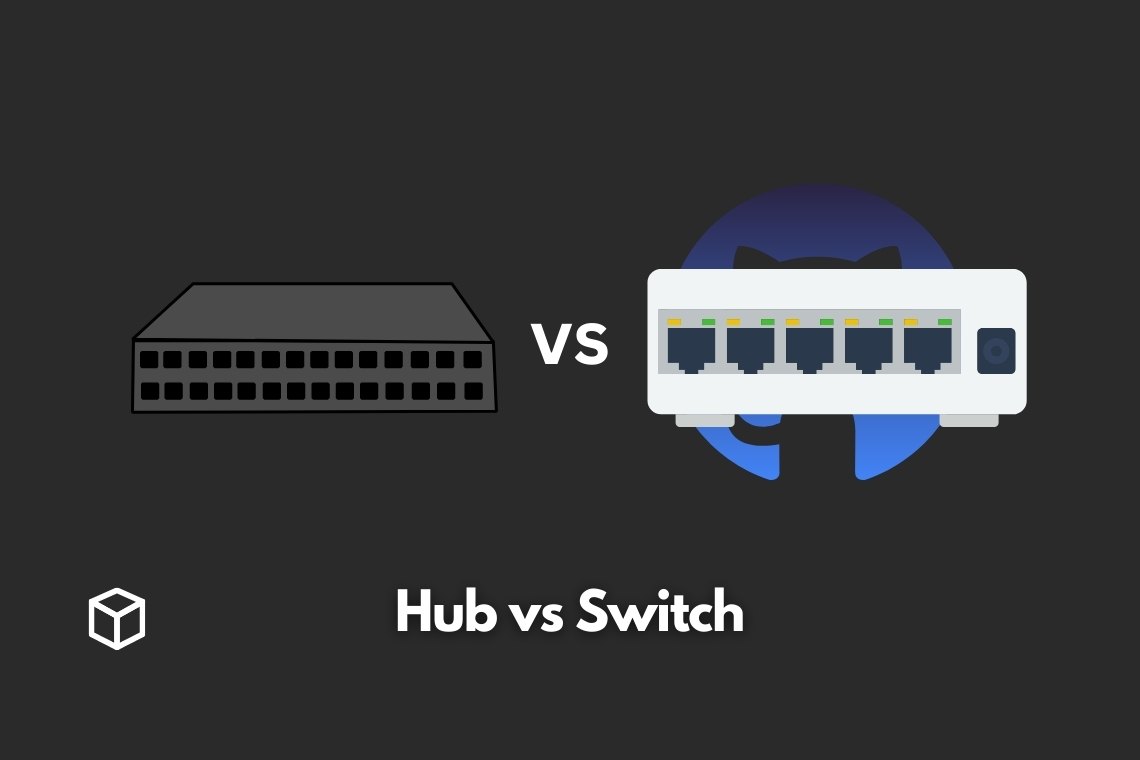Networking is an integral part of modern technology and is used to connect different devices and systems together.
One of the most important components of any network is the hub and switch.
In this article, we will be discussing the differences between hubs and switches and their importance in networking.
What is a Hub?
A hub is a simple networking device that connects multiple devices together.
It is essentially a central point where all data is sent and received.
When data is sent to a hub, it is then forwarded to all connected devices. This is known as a broadcast signal.
The main advantage of using a hub is its simplicity.
It is easy to set up and does not require much configuration. However, there are also several disadvantages to using a hub.
One of the main disadvantages is that it can cause a lot of network congestion.
This is because all data is sent to all connected devices, regardless of whether it is intended for them or not.
What is a Switch?
A switch is a more advanced networking device that is used to forward data only to the intended device.
It works by using Media Access Control (MAC) addresses to determine which device the data is intended for. This is known as a unicast signal.
The main advantage of using a switch is that it greatly reduces network congestion.
This is because data is only sent to the intended device, rather than all connected devices.
However, there are also several disadvantages to using a switch.
One of the main disadvantages is that it can be more difficult to set up and configure.
Differences between Hubs and Switches
The main difference between hubs and switches is the way in which they forward data.
Hubs forward data to all connected devices, whereas switches forward data only to the intended device.
It means that switches are generally more efficient and can greatly reduce network congestion.
In terms of functionality, switches also tend to be more versatile than hubs, with features such as VLANs, QoS, port-mirroring, and Link Aggregation.
This versatility allows for more advanced network traffic management which is important in large networks.
In terms of cost, hubs are generally cheaper than switches.
However, the cost difference is becoming less and less significant as technology improves.
Conclusion
In summary, hubs and switches are both important components of any network.
While hubs are simple and easy to set up, they can cause network congestion.
On the other hand, switches are more advanced and can greatly reduce network congestion, but can be more difficult to set up.
Based on the specific needs of your network, it’s important to consider the pros and cons of both options.
If you have any questions or comments, please feel free to leave them below.




